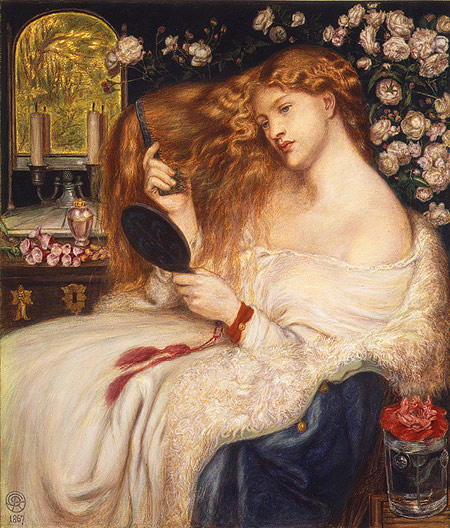Lilith

Lilith the child-stealer is a mysterious figure. She appears only once in the Bible, in Isaiah 34:14, as a kind of screech owl demon in the desolation of Edom (the Jewish prophets repeatedly called for the destruction of Edom by God, because Edom had sided with its enemies). She also appears fleetingly in the Jewish Talmud, the Dead Sea Scrolls and Jewish and Babylonian folklore.
In the classical Greek and Roman worlds, Lilith’s role was largely taken by Lamia – both had in common a reputation for stealing other people’s children. In medieval times the two of them made minor comeback appearances. Lilith herself reappears in The Alphabet of Ben-Sira and the Zohar, controversial Jewish medieval texts that were the first to introduce the idea that Lilith was Adam’s first wife, before Eve came long. Lilith has much in common here with the conquistadors’ La Llorona - here, a role she maintains through Goethe’s Faust and Keats’ poems Lamia (1819) and La Belle Dame sans Merci (1820) - here.
It wasn’t until late Victorian times that Lilith (and Lamia) really caught on as objects of fascination in the works of John Collier (the 1887 painting up top where she's got involved with Eve's snake), Dante Gabriel Rossetti, Robert Browning, George MacDonald and others. Nowadays they seem to be everywhere in popular culture - video games, for example - and in Women’s Studies departments. Also see Collier's Lady Godiva.
Below is Rossetti's version Lady Lilith (1866-68) in the Delaware Art Museum:

